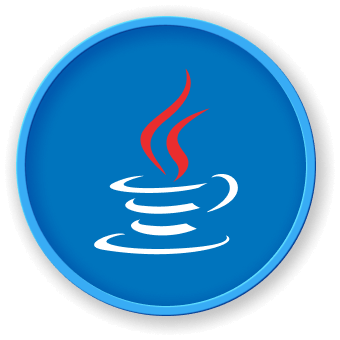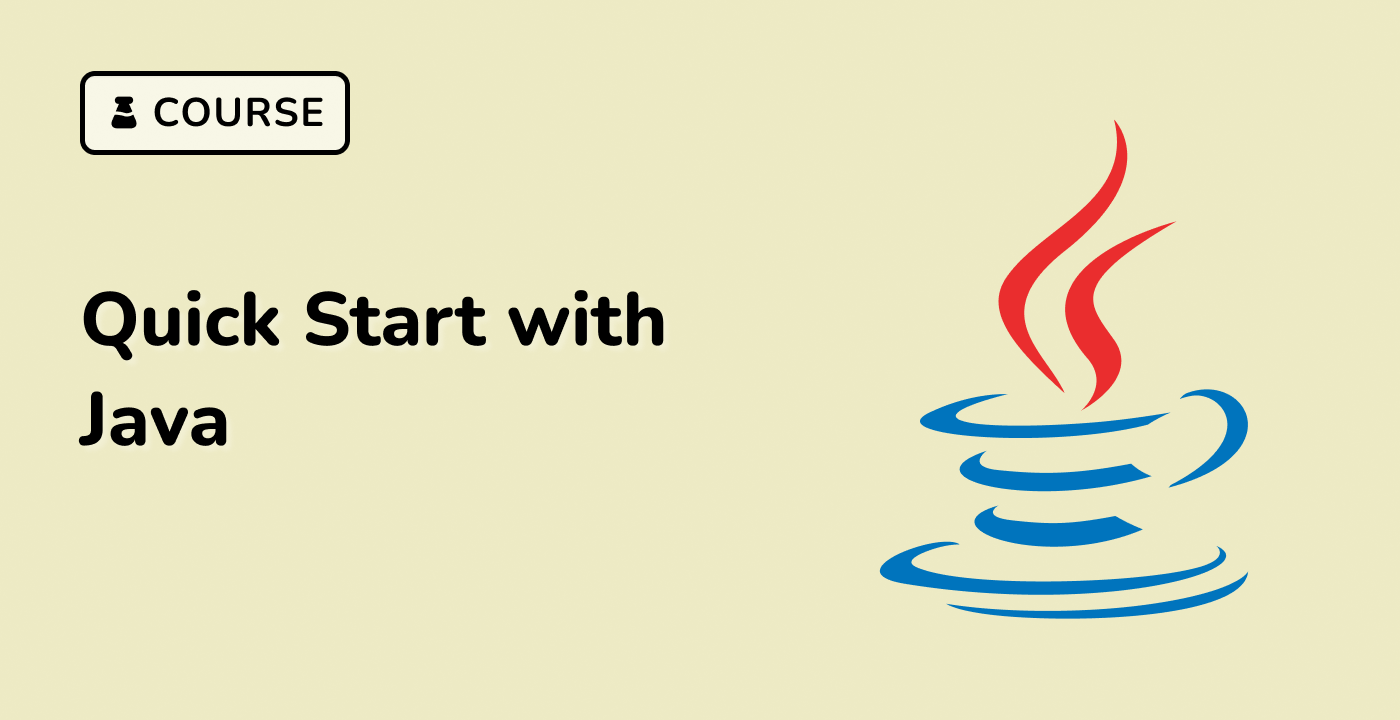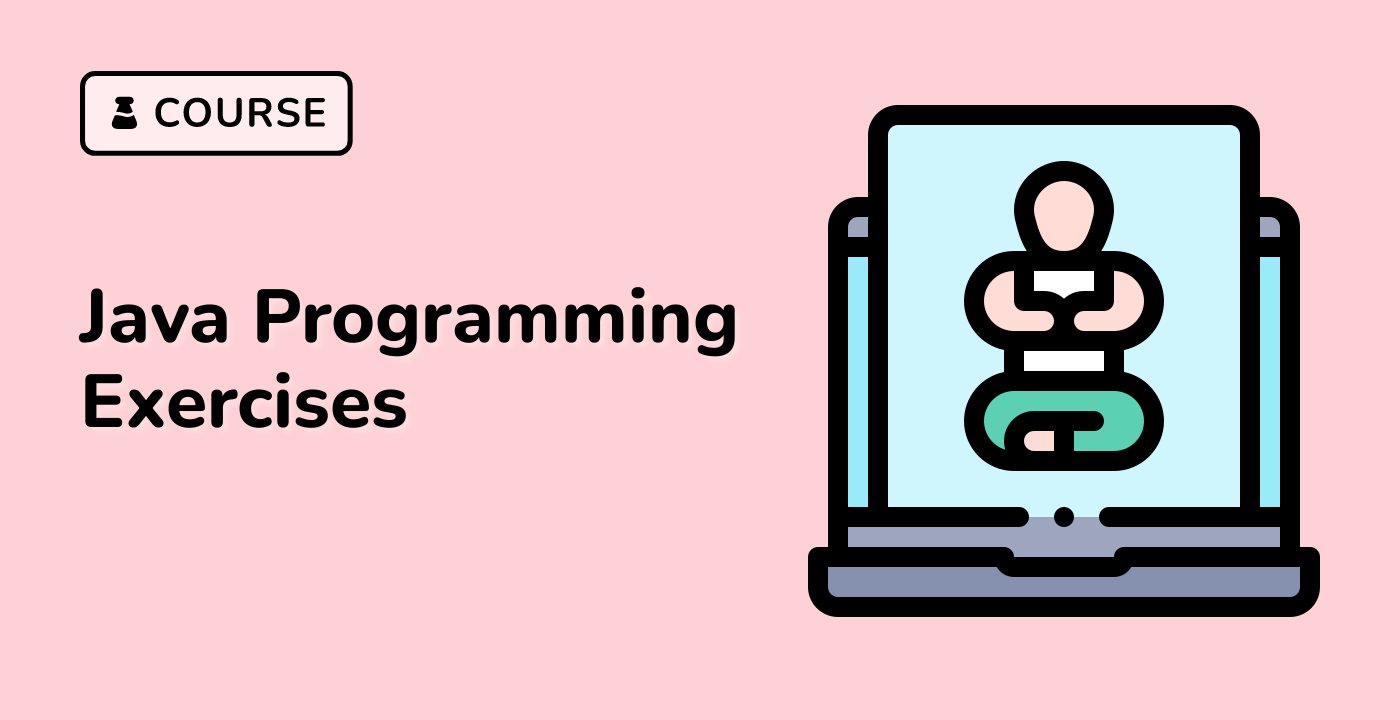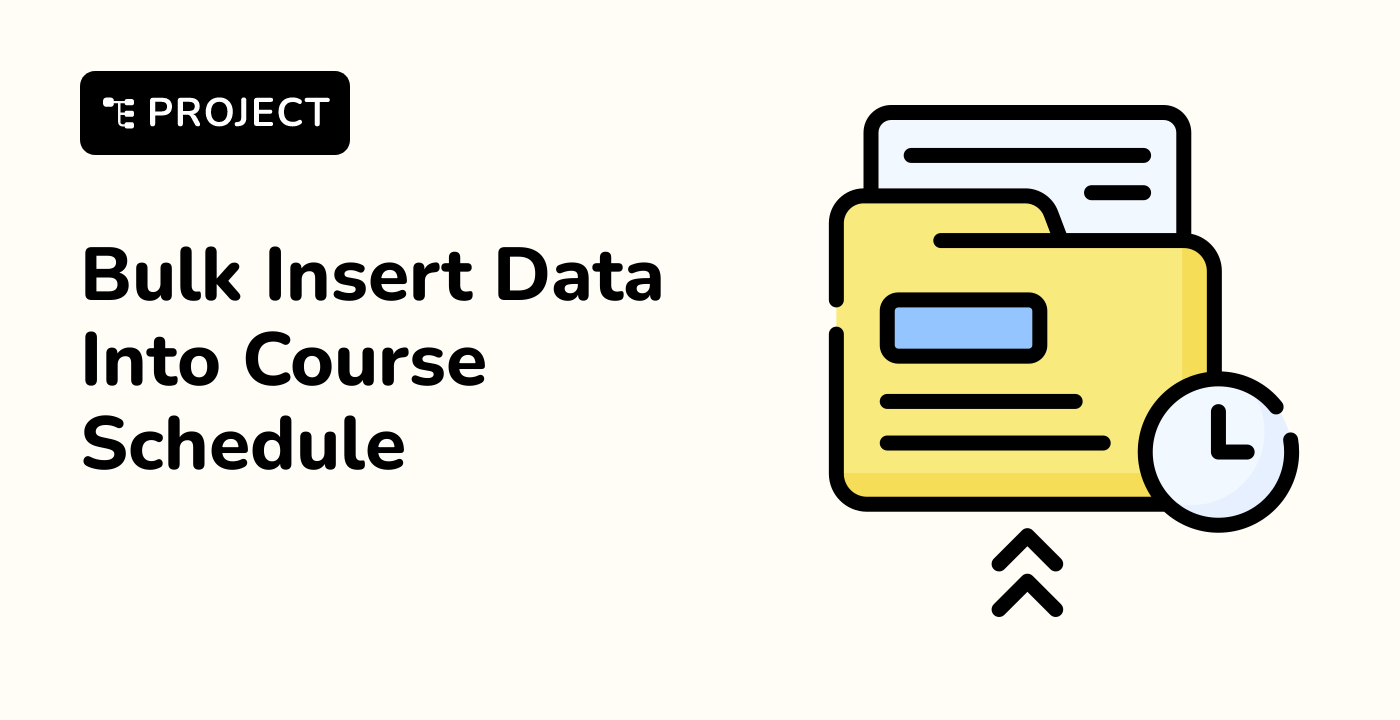Console Basics
What is Console Interaction?
Console interaction in Java refers to the process of communicating with users through the command-line interface. It involves reading input from the console and displaying output, which is fundamental for creating interactive command-line applications.
Java provides several ways to interact with the console:
System.out.println()
The most common method for console output, which prints text to the standard output.
public class ConsoleBasics {
public static void main(String[] args) {
System.out.println("Hello, LabEx learners!");
}
}
System.out.print() vs System.out.println()
| Method |
Description |
Example |
System.out.print() |
Prints text without moving to a new line |
System.out.print("Hello ") |
System.out.println() |
Prints text and moves to a new line |
System.out.println("World!") |
Scanner Class
The most common way to read user input in Java:
import java.util.Scanner;
public class InputExample {
public static void main(String[] args) {
Scanner scanner = new Scanner(System.in);
System.out.print("Enter your name: ");
String name = scanner.nextLine();
System.out.print("Enter your age: ");
int age = scanner.nextInt();
System.out.println("Hello, " + name + "! You are " + age + " years old.");
scanner.close();
}
}
Console Interaction Flow
graph TD
A[User Interaction Starts] --> B[Display Prompt]
B --> C[Receive User Input]
C --> D[Process Input]
D --> E[Display Output]
E --> F[Continue or Exit]
Key Considerations
- Always close the Scanner to prevent resource leaks
- Handle potential input exceptions
- Choose appropriate input methods based on data type
- Provide clear prompts and instructions
| Input Type |
Scanner Method |
Example |
| String |
nextLine() |
Reading text |
| Integer |
nextInt() |
Reading whole numbers |
| Double |
nextDouble() |
Reading decimal numbers |
| Boolean |
nextBoolean() |
Reading true/false values |
Best Practices
- Use meaningful variable names
- Validate user input
- Provide error handling
- Close resources after use
By mastering these console basics, you'll be able to create interactive Java applications with ease. LabEx recommends practicing these techniques to build a strong foundation in console interaction.




